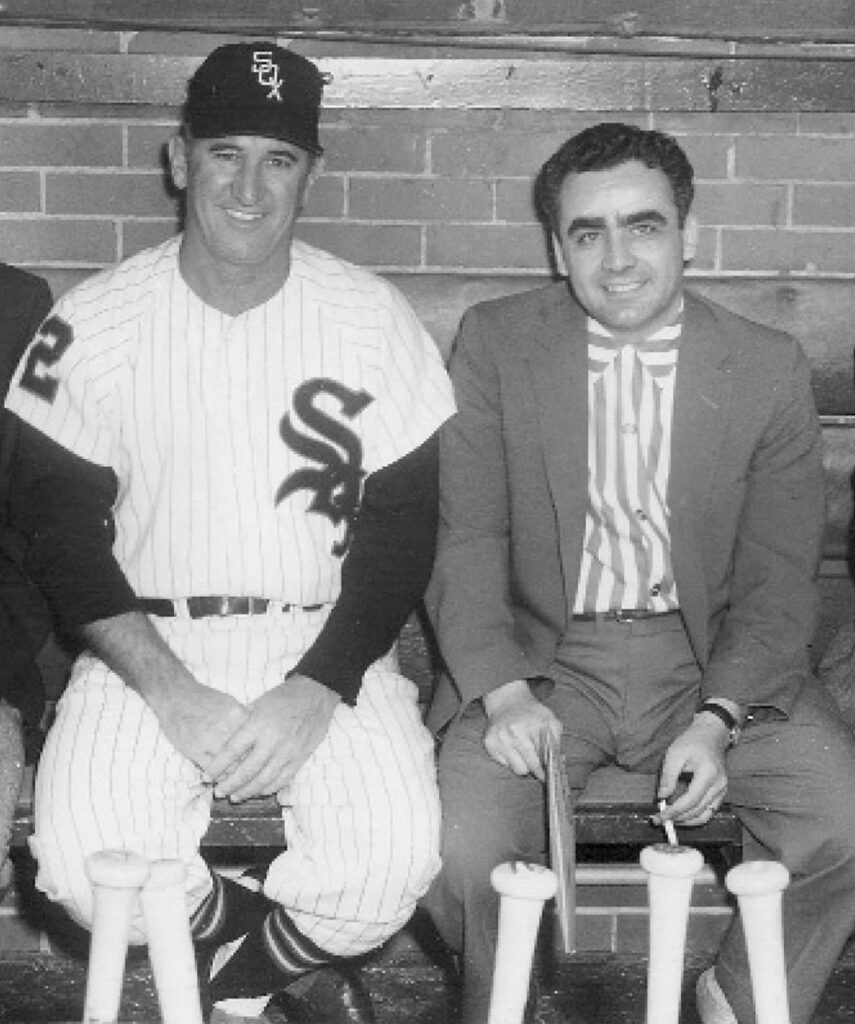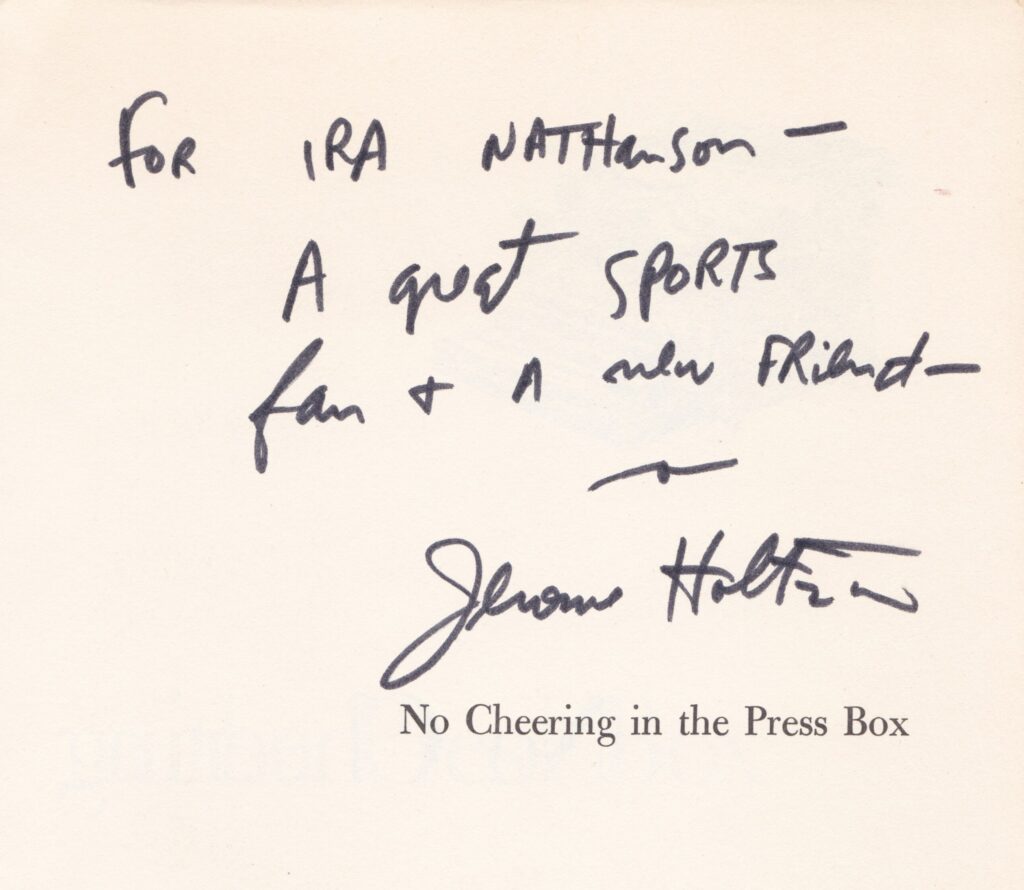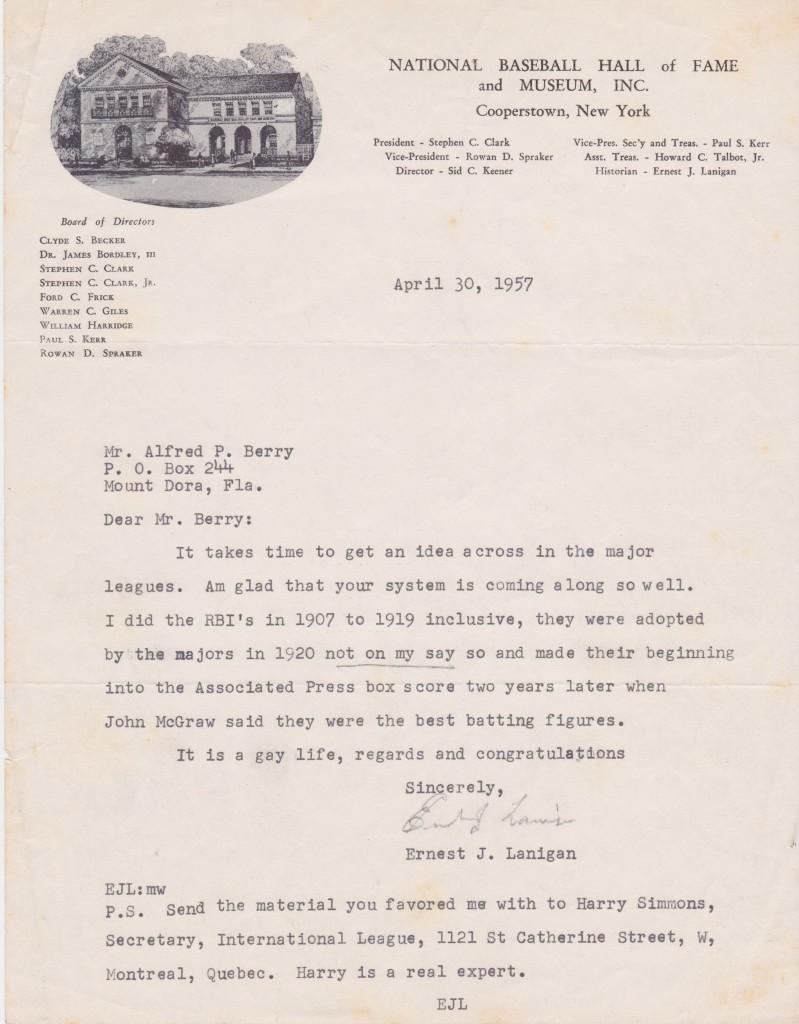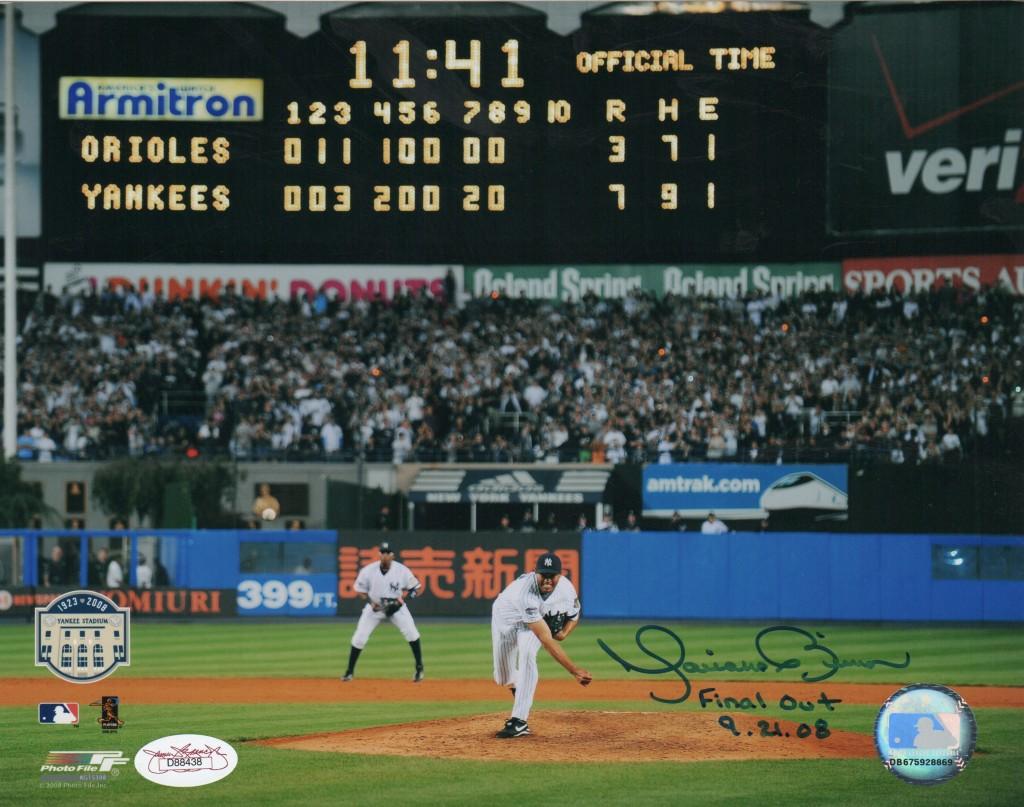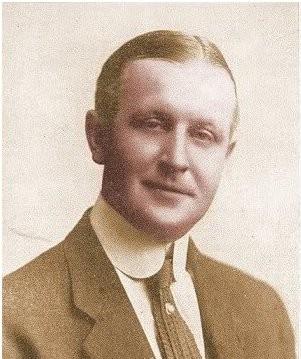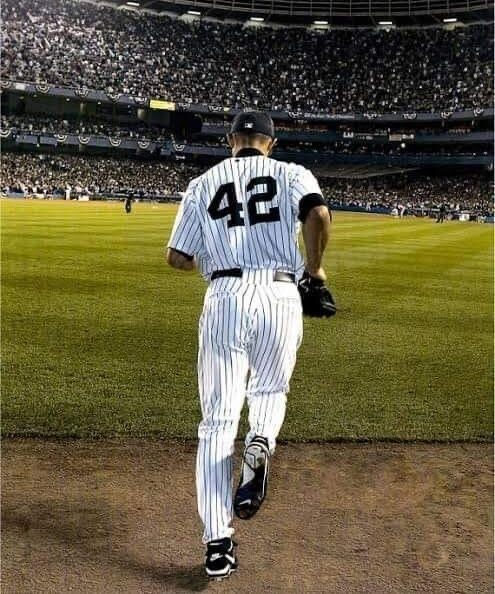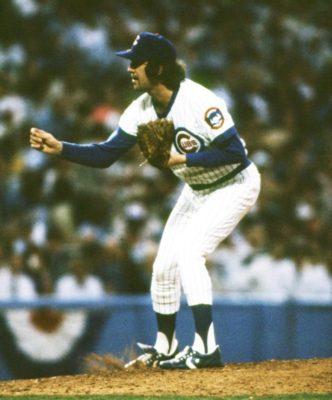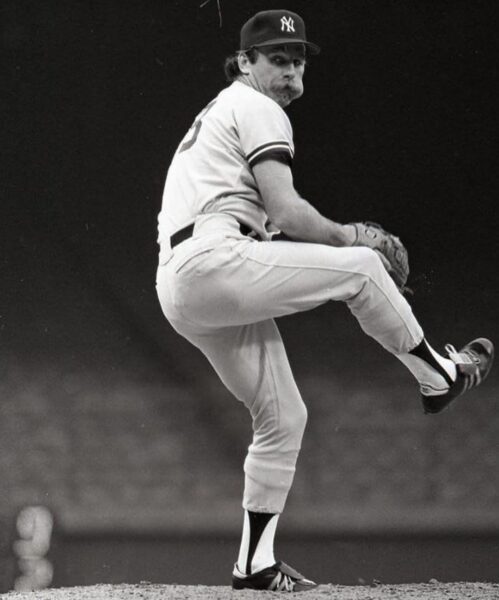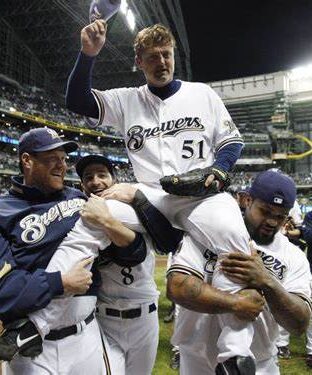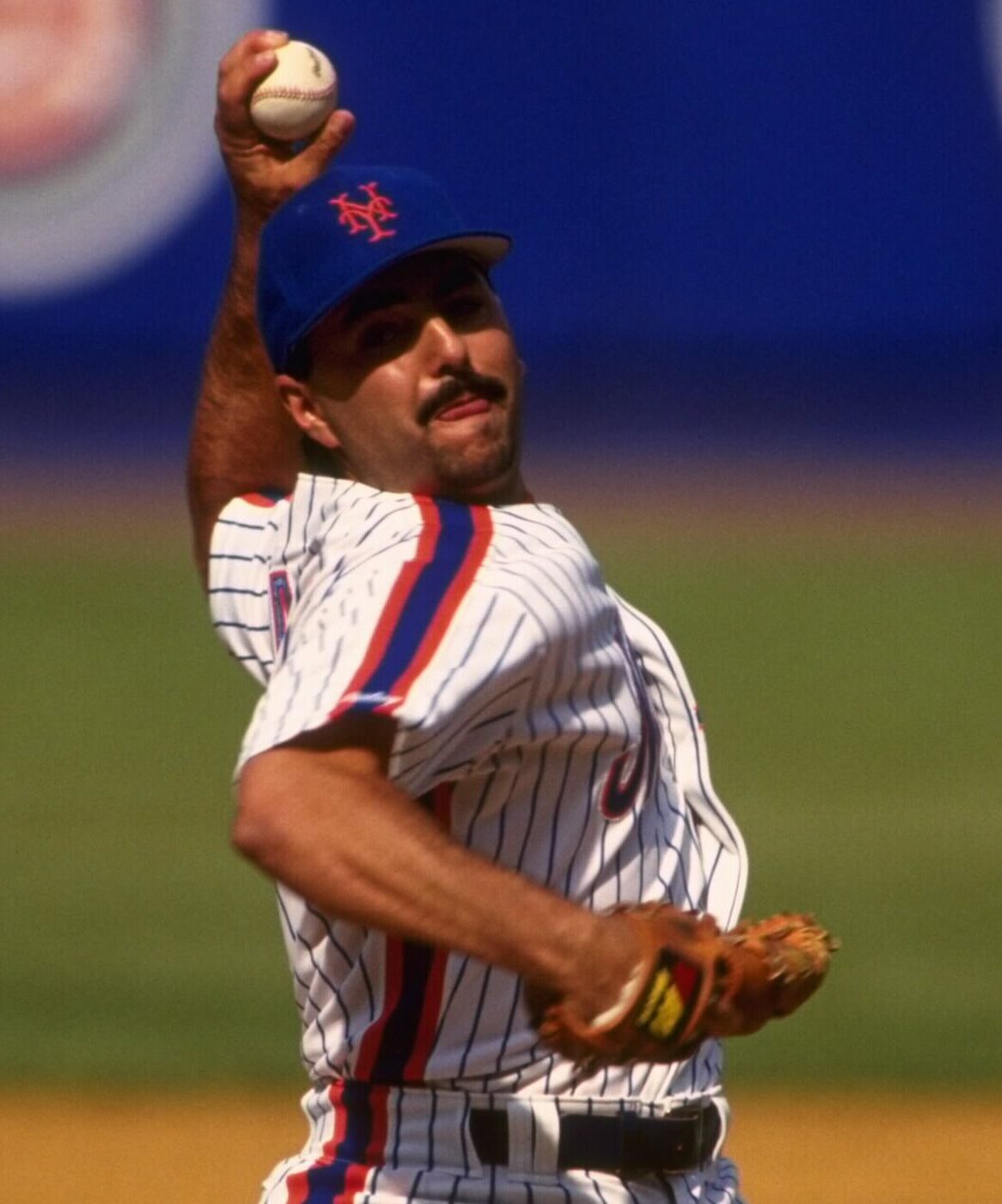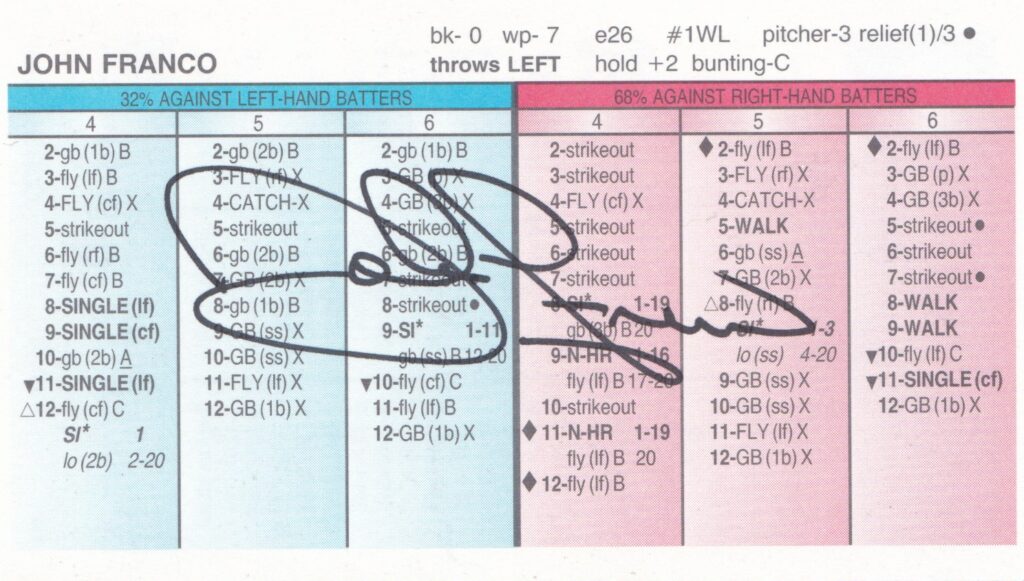
John Franco enjoyed a 21-year big league career. A four-time All Star, Franco had eight seasons with at least 30 saves. He led the NL in the category three times.
By the time he left the game in 2005, Franco had the most saves by a left-hander in baseball history. Today his 424 saves ranks 5th on the all-time list. Only Mariano Rivera (652), Trevor Hoffman (601), Lee Smith (478), and Francisco Rodriguez (437) have more.
Though the top three men on the list are in the Hall of Fame, Franco received just 4.6% of the vote in his only time on the ballot.
“It is disappointing,” Franco said according to an article on SB Nation New York article. “I was hoping for at least 5 percent. I thought I’d get five. Anyone who has the fourth-most of anything — hits, RBIs, wins, saves — you figured it had to mean something. But it’s another one of those things that you have no control over. So you just have to take it.
“I know there are a lot of guys who vote who have problems with saves. … the saves rule,” Franco said. “But you have to be a pretty good pitcher to become the closer. And saves are the only thing we have to measure how a closer does.
“I know I had a good career. I’m proud of what I accomplished. I’m proud I was on the ballot.”
Shown here is a Strat-O-Matic card from 2000 autographed by John Franco. Bucknell University math major Hal Richman originated the Strat-O-Matic game in 1961. Advertised in Sports Illustrated and sold out of Richman’s basement, Strat-O-Matic gave its players the ability to make managerial decisions based on MLB statistics.
